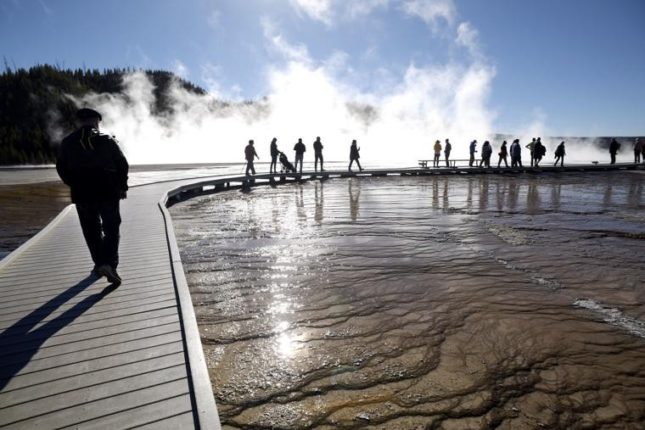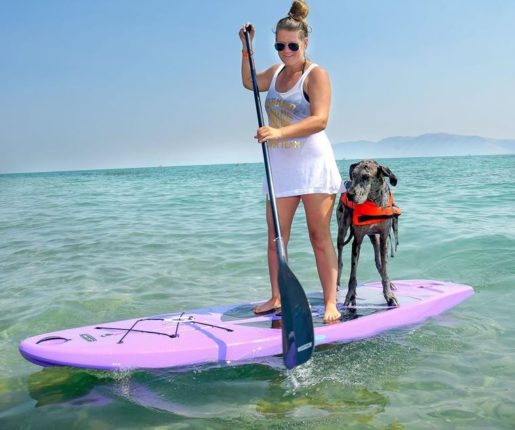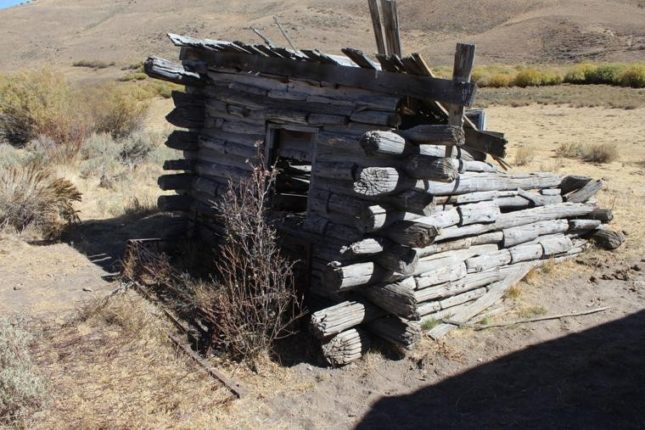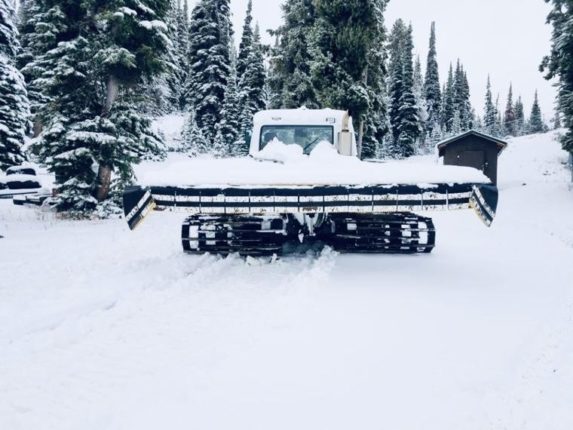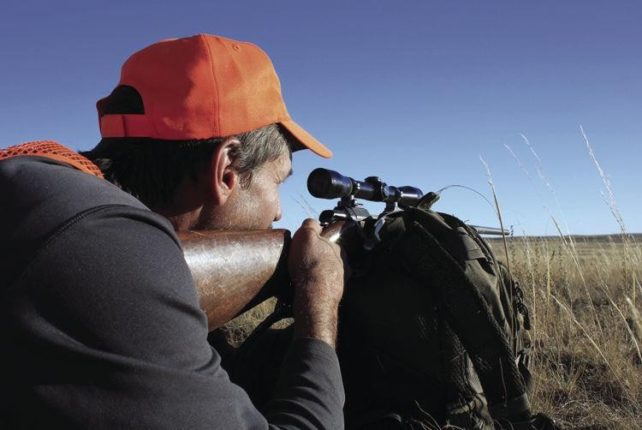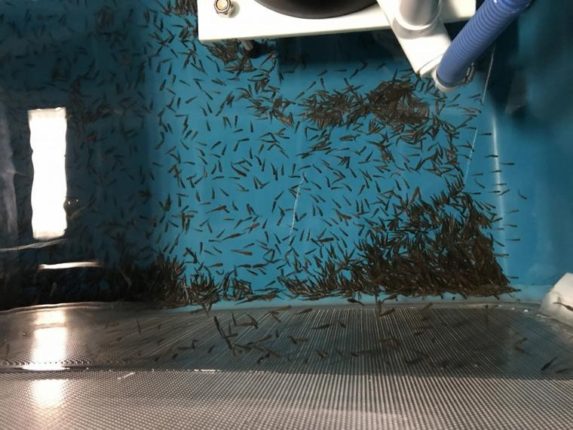Now might be the chance for you to visit Yellowstone National Park, as its peak visitor season begins to wind down.
Fall colors are making an appearance on the thousands of trees in the park, the wildlife is still out roaming and the crowds are starting to thin at some of its major attractions.
The average visitation numbers from 2012 to 2017 show that at its peak month in July there are approximately 922,000 people roaming the park. In fall, when the average temperature still hovers around the 50-degree mark, visitation is still rather high but is on the decline for the year.
Driving through the park’s West Yellowstone entrance was a breeze recently as most entrance lanes were stacked one-car deep. The trend continued throughout the park with little to no traffic on the roads, with the exception of some packed parking lots at the park’s bigger attractions like the Grand Prismatic Springs.
There were few Montana license plates circling the park, most of which were from Oregon, Colorado and other states. However, the few that were in the park were enjoying the open space that usually doesn’t happen during the park’s busier months.
Rachel Barnett of Livingston, Montana, was driving through the park with two other friends celebrating their birthdays, an annual commitment her and her friends have with each other. Barnett stopped at the Fountain Paint Pot area to walk around and was getting ready to move to the next attraction in her red Chevrolet pickup truck with Montana license plates indicating she had donated to the park when registering her vehicle.
She said she lived in Utah but moved to Livingston about six years ago to be closer and plan longer trips to the park. Barnett said she’s had the ritual of visiting it at the same time every year, around the end of August to mid-September. She said she wasn’t very fond of large crowds of people and that it was the best time for her.
“I’d rather see it by myself,” Barnett said. “The people who do come around this time of year take their time.”
Barnett offered advice to people thinking about visiting the park — take your time and don’t make any plans.
At the Old Faithful Geyser, Douglas Olinger Jr. of Big Sky, Montana, waited for the spring to shoot up in the air away from other spectators.
Olinger said it was the third time he had been in the park this summer, noting that he was a tour guide for a lot of guests staying at his place during the warmer months of the year.
Olinger’s first trip to the park was in June and he said traffic put a damper on the trip, adding that it took hours to get from each destination. However, he said his fall trip has been much more relaxing without the stress of so many cars and still being able to see wildlife before it got too cold.
“We’ve actually been able to enjoy it,” Olinger said.
This summer from June to August the park saw a total of roughly 2.5 million visitors, according to totals provided by the park. But the park’s visitation tends to be slower in fall because students are typically back in class and parents are less likely to take a vacation without the rest of their families.
If you want to see the park before it mostly closes for the winter, you only have a couple more weeks. All roads close at 8 a.m. Nov. 5 except the road between the North Entrance and the Northeast Entrance.
